Home>Gardening & Outdoor>Pool & Spa Care>What Chemicals Should I Use In My Hot Tub
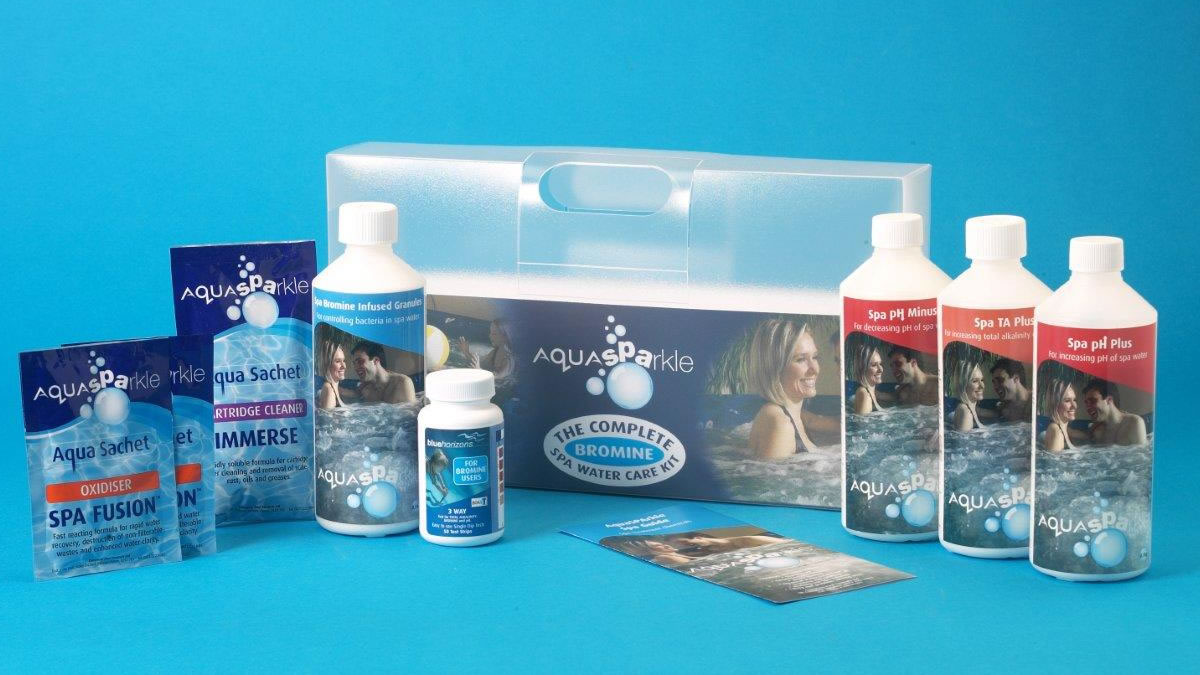

Pool & Spa Care
What Chemicals Should I Use In My Hot Tub
Modified: February 26, 2024
Find the best chemicals for your hot tub with our expert pool and spa care guide. Keep your hot tub clean and safe with our top recommendations.
(Many of the links in this article redirect to a specific reviewed product. Your purchase of these products through affiliate links helps to generate commission for Storables.com, at no extra cost. Learn more)
Introduction
Welcome to the wonderful world of hot tub ownership! Whether you’re a seasoned hot tub enthusiast or a newcomer to the joys of soaking in warm, bubbling water, it’s important to understand the essential chemicals needed to maintain a clean, safe, and enjoyable hot tub environment. Proper water chemistry is crucial for the longevity of your hot tub and the health of its users.
By familiarizing yourself with the various chemicals and their functions, you can ensure that your hot tub remains a pristine oasis for relaxation and rejuvenation. In this guide, we’ll explore the key chemicals used in hot tub maintenance, providing insights into their roles and the best practices for their application. Let’s dive in!
Key Takeaways:
- Keep your hot tub clean and safe by using chlorine or bromine to eliminate bacteria and algae. Regularly test and adjust the chemical levels to maintain a healthy hot tub environment.
- Maintain the pH balance and alkalinity of your hot tub water with pH balancers and alkalinity adjusters. Use shock treatments and stain control products to keep the water clean and free from impurities.
Chlorine
When it comes to hot tub water sanitation, chlorine is a tried and true champion. This powerful chemical effectively eliminates bacteria, algae, and other harmful contaminants, keeping your hot tub water safe and clean. Chlorine is available in various forms, including granules, tablets, and liquid, offering flexibility in application based on your specific hot tub setup and maintenance routine.
Granular chlorine is a popular choice for regular sanitization. It can be added directly to the hot tub water, quickly dissolving to deliver a rapid boost of sanitizing power. Chlorine tablets, often used in floating dispensers or automatic feeders, provide a steady release of sanitizer over time, maintaining consistent water cleanliness. Liquid chlorine, while less commonly used in hot tubs, offers a convenient option for shock treatments and rapid sanitation when needed.
It’s crucial to monitor the chlorine levels in your hot tub regularly, aiming for a recommended range of 3-5 parts per million (ppm) to ensure effective sanitization without causing irritation to bathers’ skin and eyes. Testing the water with a reliable kit and adjusting the chlorine dosage as needed is essential for maintaining a healthy hot tub environment.
While chlorine is a stalwart defender against waterborne contaminants, it’s important to handle and store it with care. Always follow the manufacturer’s instructions for proper usage and storage, and never mix chlorine with other chemicals. By incorporating chlorine into your hot tub maintenance regimen responsibly, you can uphold a pristine and inviting soaking experience for all who indulge in your hot tub oasis.
Bromine
For hot tub owners seeking an alternative to chlorine, bromine stands out as a reliable and effective sanitizer. This chemical offers excellent disinfection properties, particularly in warm water environments like hot tubs. Bromine is available in various forms, including tablets and granules, providing flexibility in application and maintenance approaches.
One of the key advantages of bromine is its resilience in high temperatures, making it an ideal choice for hot tubs and spas. Unlike chlorine, bromine remains stable and active in water temperatures up to 104°F (40°C), ensuring consistent sanitation even in the heat of a soothing soak. This thermal stability makes bromine a preferred option for hot tub enthusiasts who maintain their water at elevated temperatures.
Bromine tablets, often dispensed through floating feeders or automatic brominators, provide a convenient and steady release of sanitizer, contributing to sustained water cleanliness. Granular bromine, suitable for regular sanitization and shock treatments, offers a quick-dissolving option for maintaining optimal water quality.
Similar to chlorine, it’s essential to monitor the bromine levels in your hot tub regularly, aiming for a recommended range of 3-5 parts per million (ppm) to ensure effective sanitization. Testing the water with a reliable kit and adjusting the bromine dosage as needed is crucial for upholding a healthy and inviting hot tub environment.
When using bromine in your hot tub, it’s important to follow the manufacturer’s guidelines for proper application and storage. Additionally, be mindful of any specific handling instructions to ensure safety and efficacy. By incorporating bromine into your hot tub maintenance routine, you can enjoy the benefits of a reliable and gentle sanitizer that contributes to a delightful and hygienic soaking experience.
pH Balancers
Maintaining the proper pH level in your hot tub is essential for water clarity, bather comfort, and the overall effectiveness of your sanitizing chemicals. The pH scale measures the acidity or alkalinity of the water, with the ideal range for hot tubs typically falling between 7.2 and 7.8. To achieve and sustain this optimal pH balance, pH balancers play a crucial role in hot tub maintenance.
When the pH level deviates from the recommended range, various issues can arise. If the water becomes too acidic (low pH), it can corrode metal components, irritate bathers’ skin and eyes, and diminish the effectiveness of sanitizing agents. Conversely, overly alkaline water (high pH) can lead to cloudiness, scale formation, and reduced sanitizing efficacy. To address these concerns, pH balancers offer a means of adjusting the water’s acidity or alkalinity to maintain the desired equilibrium.
Sodium bisulfate, commonly known as dry acid, is a popular choice for lowering the pH of hot tub water. It effectively reduces acidity, helping to bring the pH level into the optimal range. On the other hand, sodium carbonate, or soda ash, serves as a reliable option for raising the pH when the water becomes too acidic. Both products are available in granular form, allowing for precise and gradual adjustments to achieve the desired pH balance.
Regular testing of the hot tub water’s pH level is essential to monitor its stability and make informed adjustments as needed. Utilizing a quality test kit designed for hot tubs, you can measure the pH accurately and respond accordingly with the appropriate pH balancer. By maintaining a well-balanced pH, you can optimize the effectiveness of your sanitizing chemicals, promote water clarity, and ensure a comfortable and enjoyable soaking experience for all hot tub users.
Alkalinity Adjusters
Alkalinity serves as a crucial buffer against rapid pH changes in hot tub water, playing a pivotal role in maintaining overall water balance and stability. Total alkalinity, often referred to as TA, represents the water’s capacity to resist fluctuations in pH, thereby preventing rapid shifts that can lead to corrosiveness or ineffectiveness of sanitizing agents. To manage and regulate alkalinity levels, alkalinity adjusters are essential components of hot tub maintenance.
Bicarbonate-based products, such as sodium bicarbonate (baking soda), are commonly used as alkalinity increasers in hot tubs. These substances effectively raise the total alkalinity, providing a dependable buffer against pH fluctuations and contributing to the overall stability of the water chemistry. By maintaining appropriate alkalinity levels, hot tub owners can ensure that the pH remains within the recommended range, promoting water clarity and bather comfort.
When the total alkalinity deviates from the optimal range, issues such as pH instability, corrosion of equipment, and diminished sanitizing efficacy may arise. By testing the hot tub water regularly with a reliable kit designed for alkalinity measurement, owners can monitor the TA levels and make informed adjustments as necessary. This proactive approach helps to maintain a harmonious and stable hot tub environment, enhancing the longevity of the equipment and the satisfaction of the bathers.
By incorporating alkalinity adjusters into your hot tub maintenance routine, you can effectively manage total alkalinity levels, bolster the water’s resistance to pH fluctuations, and contribute to a balanced and pleasant soaking experience for all hot tub users.
Always use chlorine or bromine to sanitize your hot tub. Test the water regularly and adjust the chemical levels as needed to maintain a safe and clean environment.
Calcium Hardness Increasers
Calcium hardness refers to the concentration of dissolved calcium ions in hot tub water, playing a vital role in water balance and the protection of equipment and surfaces. Maintaining an appropriate level of calcium hardness is essential for preventing water from becoming corrosive or scaling, thereby safeguarding the hot tub’s components and promoting water clarity. To manage and regulate calcium hardness, increasers are integral to hot tub maintenance.
Calcium chloride, a common calcium hardness increaser, serves as a reliable solution for raising the calcium concentration in hot tub water. By adding calcium chloride as needed, hot tub owners can ensure that the water achieves and maintains the recommended calcium hardness level, typically ranging from 150 to 250 parts per million (ppm). This optimal range helps to prevent potential issues associated with low or high calcium hardness, such as equipment damage, scale formation, and cloudy water.
Regular testing of the hot tub water’s calcium hardness level is essential to monitor its stability and make informed adjustments as necessary. Using a quality test kit designed for hot tubs, owners can accurately measure the calcium hardness and respond proactively with the appropriate increaser to maintain the desired concentration. By managing calcium hardness effectively, hot tub enthusiasts can prolong the lifespan of their equipment and ensure a pristine and inviting soaking experience for all users.
By incorporating calcium hardness increasers into your hot tub maintenance routine, you can effectively manage the water’s calcium concentration, protect equipment and surfaces, and contribute to a balanced and enjoyable soaking environment for all hot tub enthusiasts.
Shock Treatments
Periodic shock treatments are essential for maintaining a clean and sanitary hot tub environment, effectively addressing organic contaminants, chloramines, and other impurities that can accumulate in the water over time. By administering shock treatments, hot tub owners can rejuvenate the water, eliminate residual organic matter, and restore the effectiveness of sanitizing agents, ensuring a hygienic and inviting soaking experience for all users.
Non-chlorine shock, also known as potassium monopersulfate, offers a chlorine-free alternative for oxidizing organic compounds and revitalizing the water without affecting the chlorine or bromine levels. This type of shock treatment is particularly beneficial for hot tub owners who prefer to minimize the use of chlorine or bromine-based oxidizers while still maintaining water clarity and sanitation.
Calcium hypochlorite shock, commonly referred to as chlorine shock, provides a potent and rapid means of oxidizing contaminants and restoring water clarity. This type of shock treatment is effective in eliminating chloramines, enhancing the performance of sanitizing agents, and combating cloudiness or odors that may develop in the hot tub water.
When administering shock treatments, it’s essential to follow the manufacturer’s guidelines regarding dosage and application. Typically, shock treatments are recommended after heavy usage, following periods of inactivity, or in response to water quality issues. Regular shock treatments help to prevent the buildup of impurities, maintain water clarity, and uphold a hygienic and inviting hot tub environment.
By incorporating shock treatments into your hot tub maintenance routine, you can effectively address organic contaminants, revitalize the water, and ensure a clean and rejuvenating soaking experience for all hot tub users.
Stain and Scale Control Products
Stains and scale buildup can detract from the beauty and functionality of a hot tub, affecting both its aesthetic appeal and the performance of its components. To combat these common issues, stain and scale control products play a crucial role in hot tub maintenance, helping to prevent and alleviate the impact of mineral deposits and discoloration.
Metal sequestrants, such as chelating agents, are effective in preventing metal stains caused by dissolved metals in the water. These products work by binding to metal ions, rendering them unable to react with other elements and form unsightly stains on the hot tub surfaces. By incorporating metal sequestrants into your maintenance routine, you can safeguard your hot tub against the potential discoloration and blemishes caused by metals.
Scale inhibitors, often formulated with phosphates or other sequestering agents, help prevent the formation of scale caused by calcium and other minerals in the water. By inhibiting the precipitation of minerals, scale control products contribute to the maintenance of clear water and the protection of hot tub components from the damaging effects of scale buildup.
Regular use of stain and scale control products, in conjunction with proper water chemistry maintenance, can help preserve the pristine appearance of your hot tub and prolong the lifespan of its equipment. By proactively addressing the potential for stains and scale, hot tub owners can ensure that their oasis remains visually appealing and fully functional, offering a delightful and rejuvenating soaking experience for all users.
Conclusion
As a hot tub owner, understanding the essential chemicals for water maintenance is pivotal to preserving the longevity of your investment and ensuring a safe, clean, and enjoyable soaking experience. From sanitizers like chlorine and bromine to pH balancers, alkalinity adjusters, and calcium hardness increasers, each chemical plays a vital role in maintaining balanced water chemistry and promoting bather comfort.
Regular water testing and diligent application of these chemicals are fundamental to sustaining optimal water quality. By monitoring and adjusting key parameters such as pH, total alkalinity, calcium hardness, and sanitizer levels, hot tub enthusiasts can uphold a harmonious and inviting environment for relaxation and rejuvenation.
Additionally, shock treatments and stain and scale control products offer targeted solutions to address specific water quality challenges, ensuring that your hot tub remains free from impurities, discoloration, and scale buildup. By incorporating these products into your maintenance routine, you can enhance the cleanliness, clarity, and aesthetic appeal of your hot tub.
Ultimately, by embracing the role of these essential chemicals and adhering to best practices in hot tub maintenance, you can create a pristine oasis for unwinding and indulging in the therapeutic benefits of warm, bubbling water. Whether you’re a seasoned hot tub aficionado or a newcomer to the world of aquatic relaxation, a comprehensive understanding of these chemicals empowers you to uphold a hygienic and inviting hot tub environment for yourself and your guests.
So, as you embark on your hot tub ownership journey, remember that the diligent application of these essential chemicals is the key to unlocking the full potential of your hot tub oasis—a place where tranquility, rejuvenation, and the joys of hydrotherapy await.
Frequently Asked Questions about What Chemicals Should I Use In My Hot Tub
Was this page helpful?
At Storables.com, we guarantee accurate and reliable information. Our content, validated by Expert Board Contributors, is crafted following stringent Editorial Policies. We're committed to providing you with well-researched, expert-backed insights for all your informational needs.
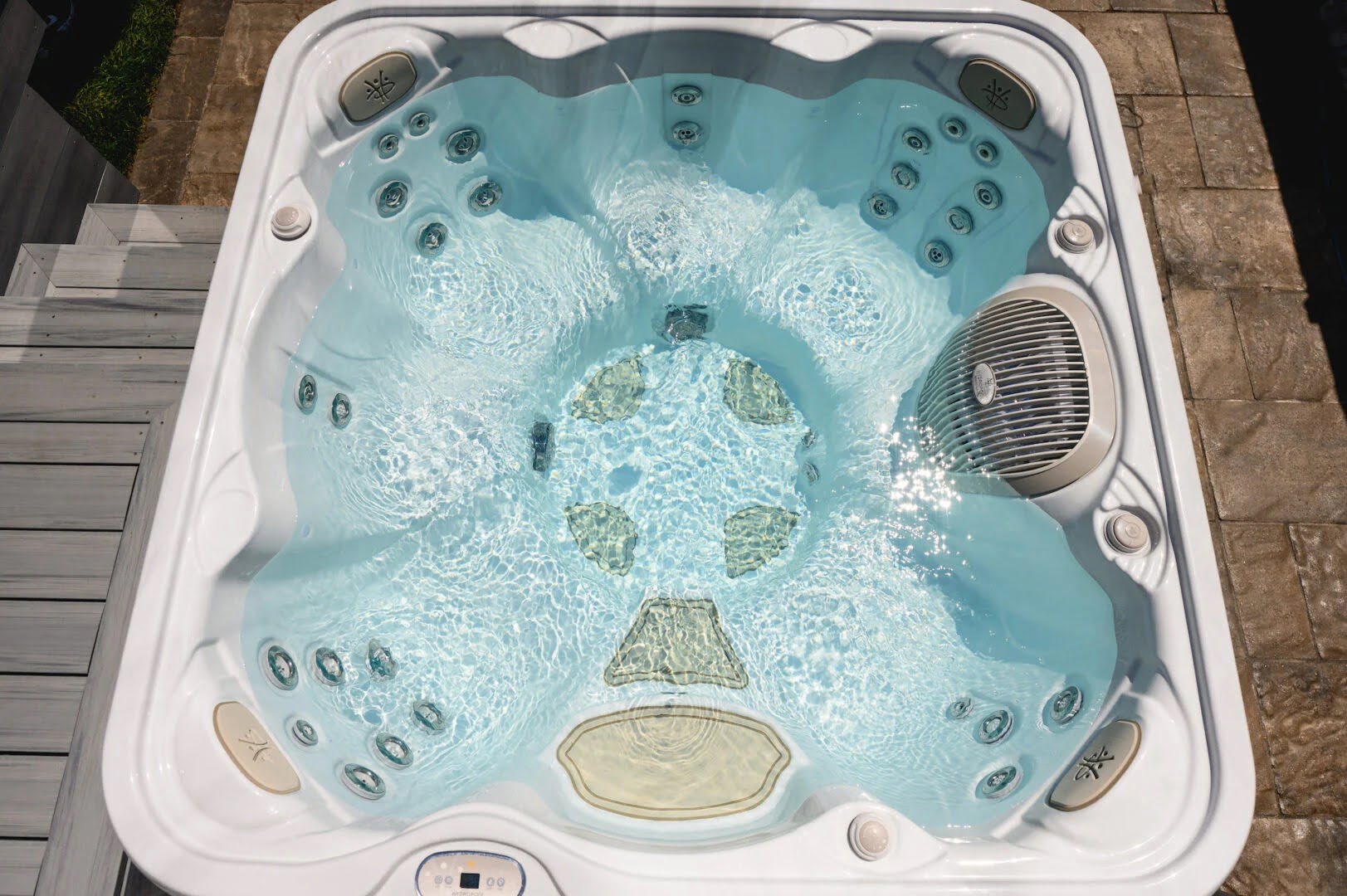
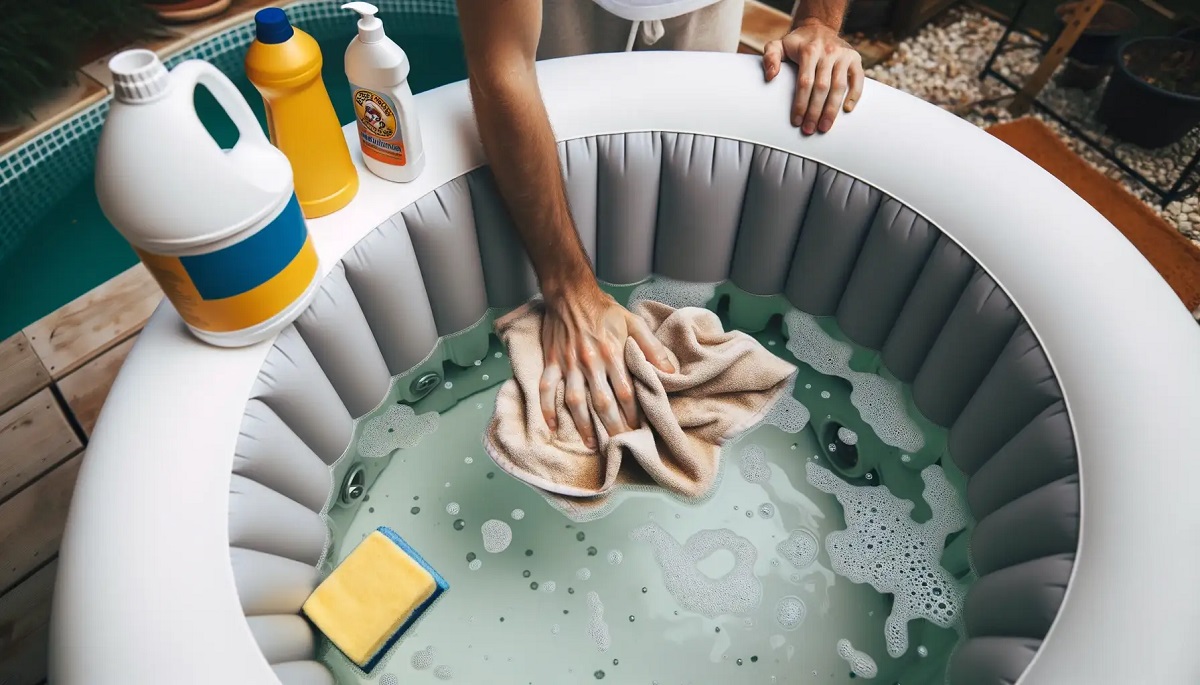
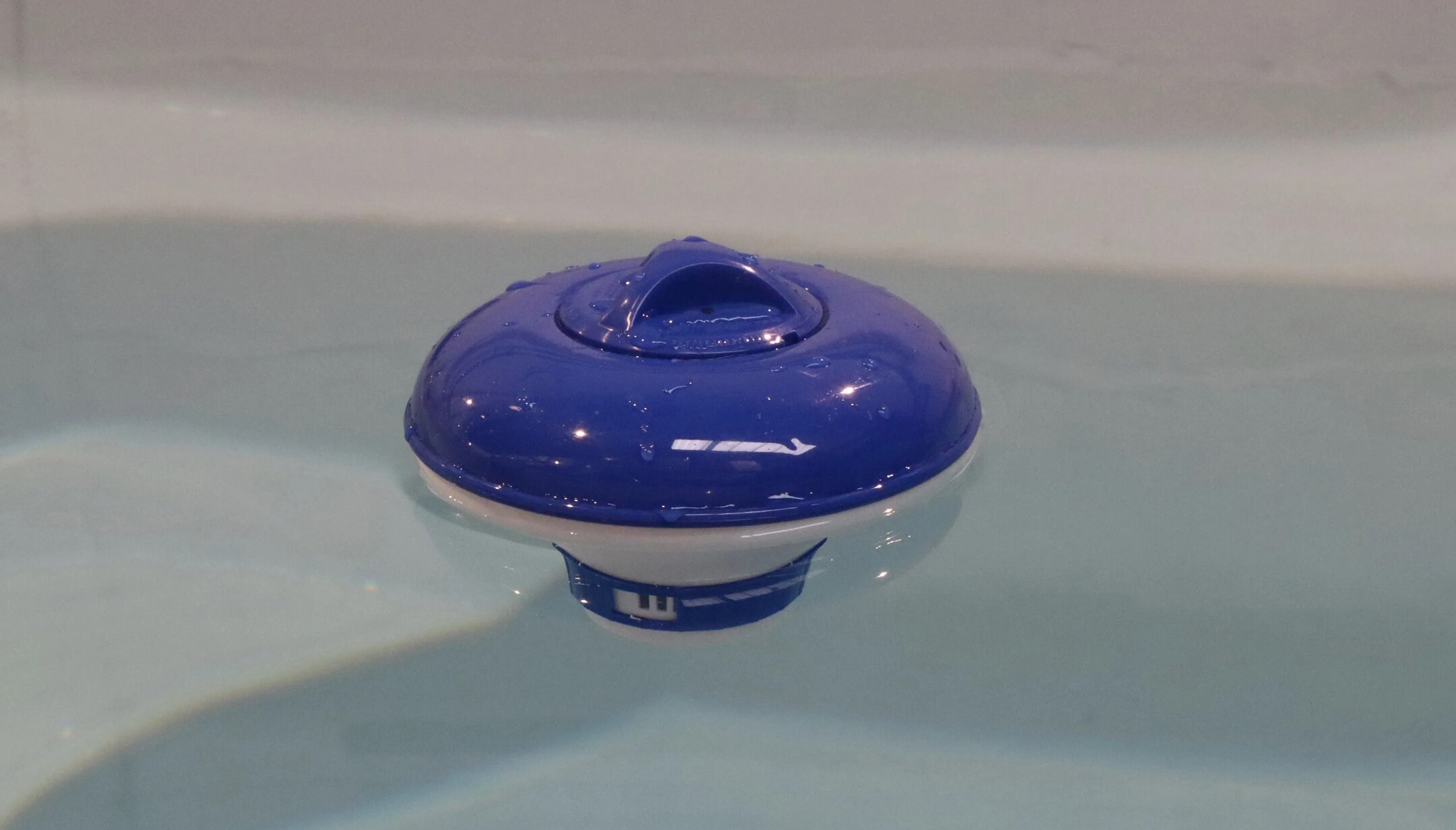
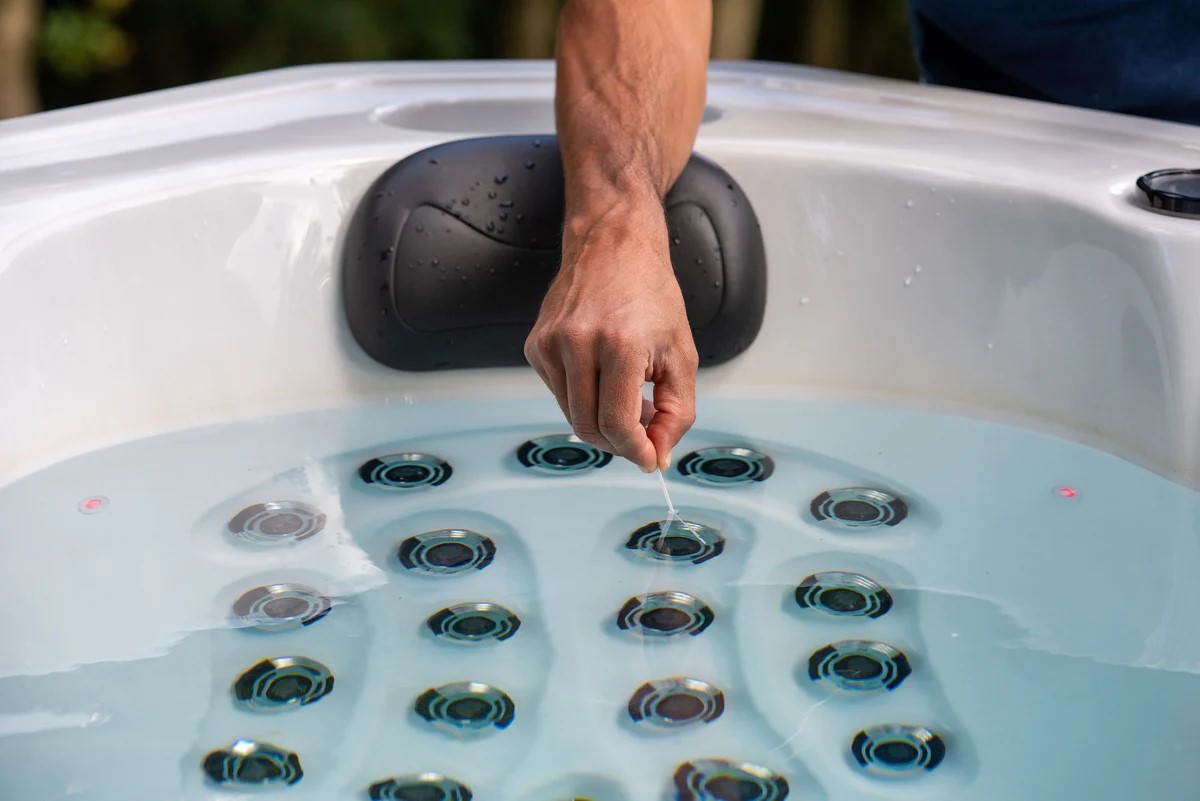
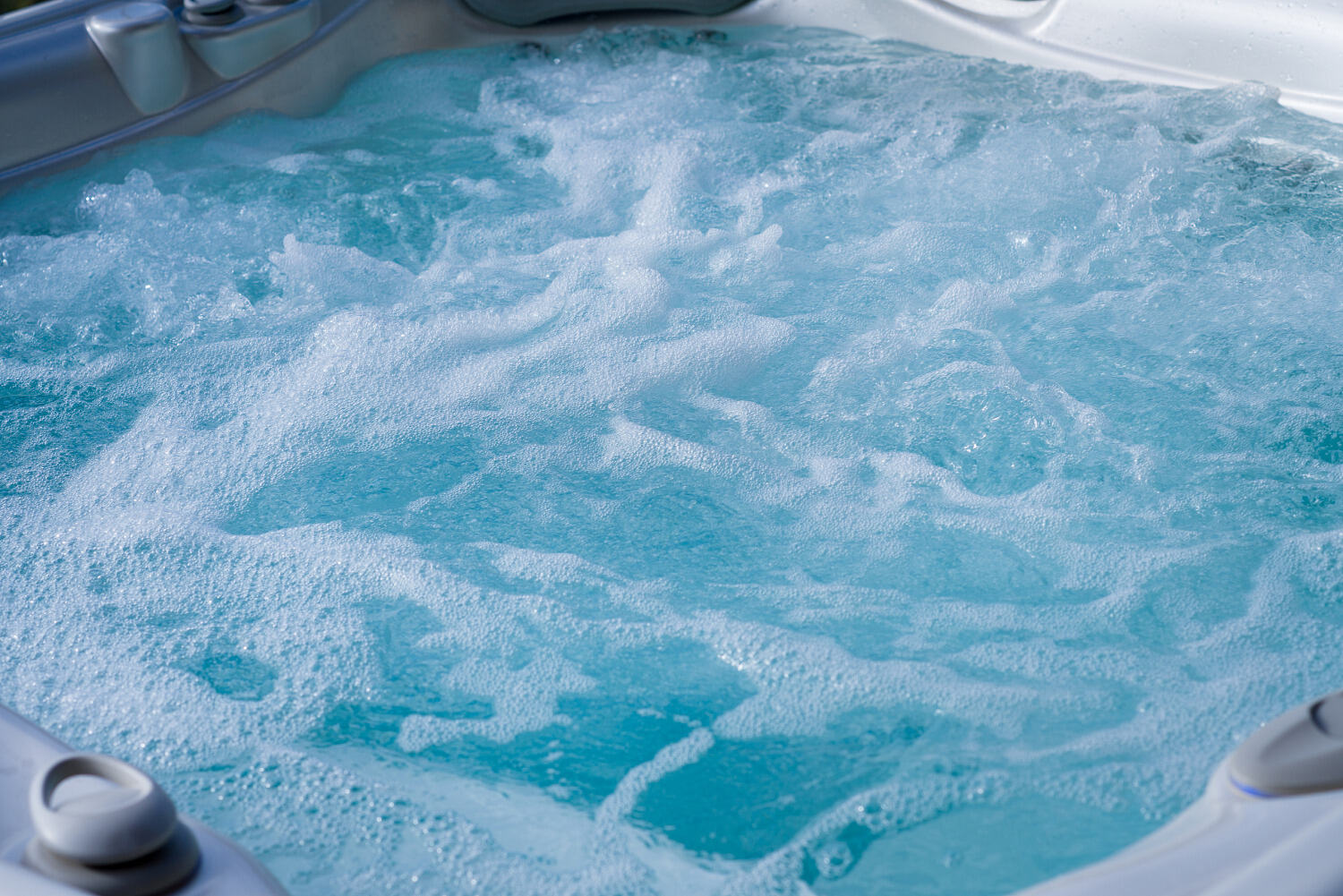
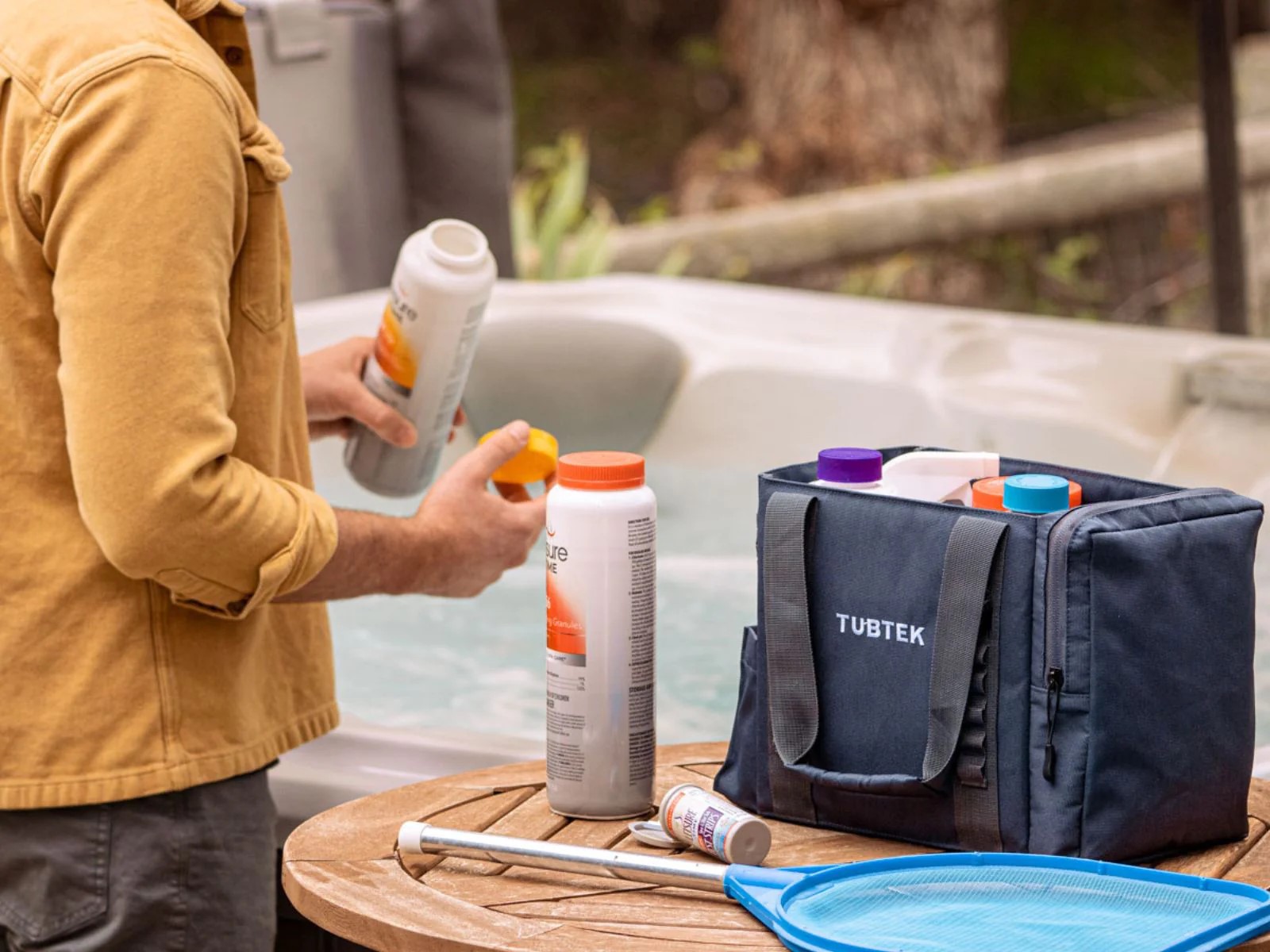
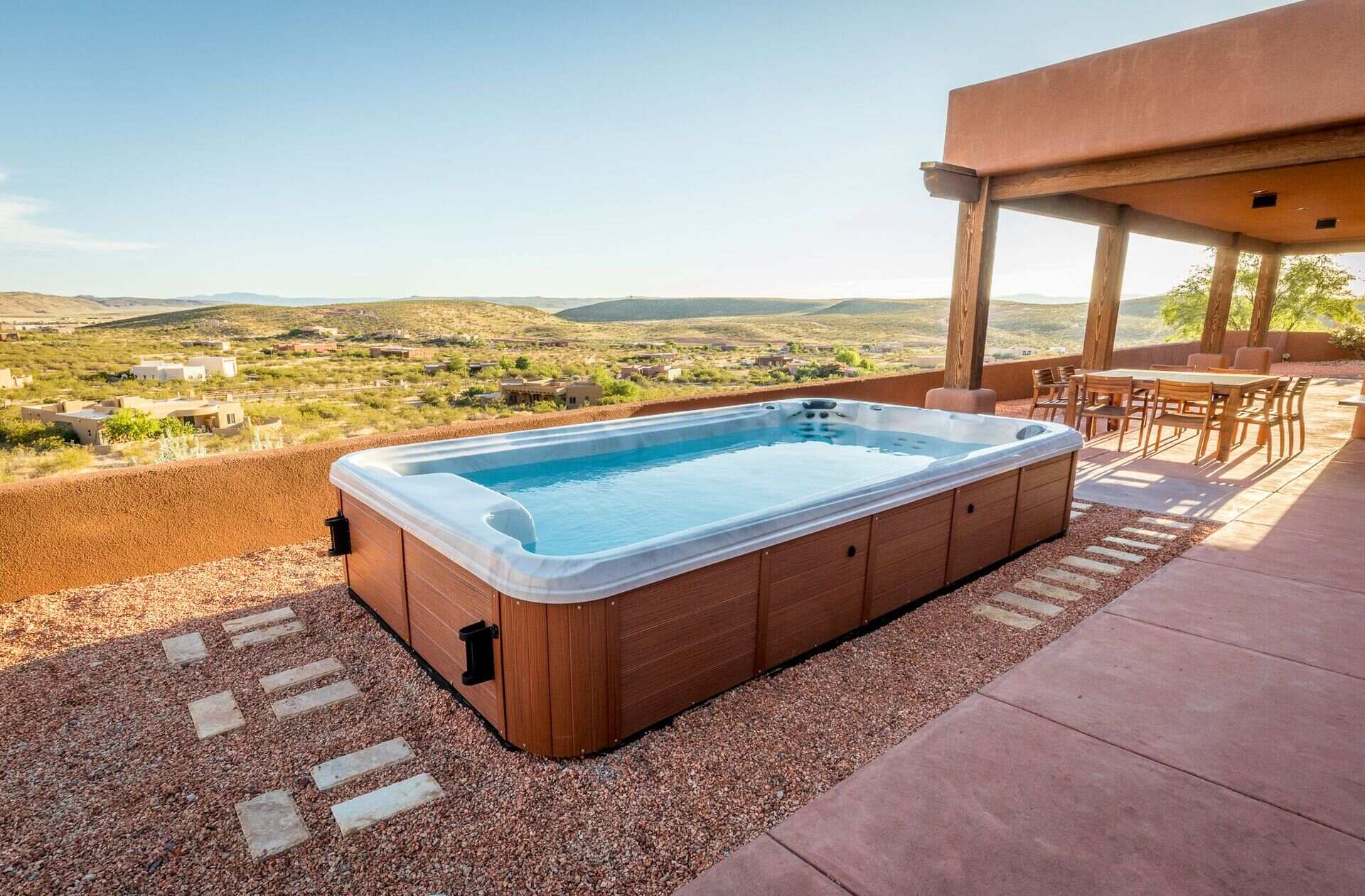
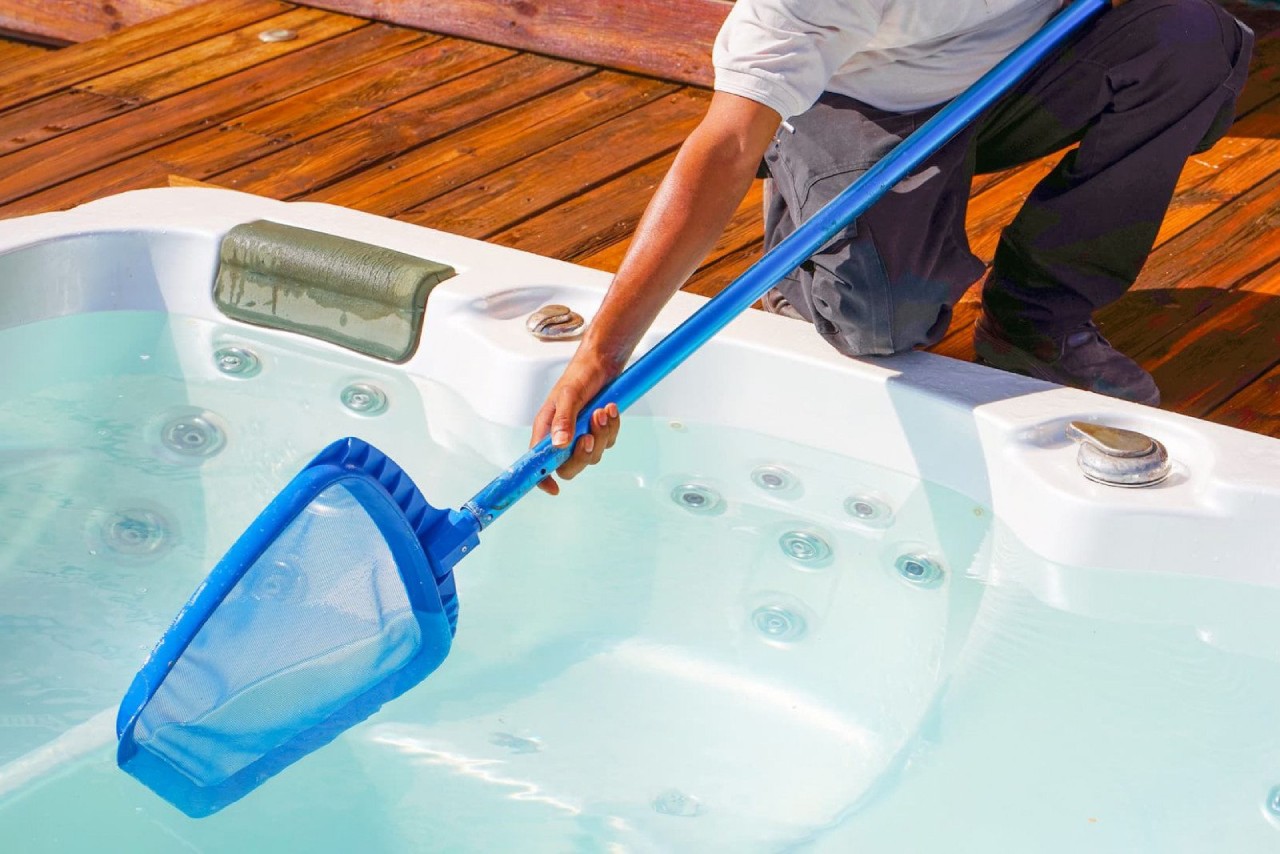
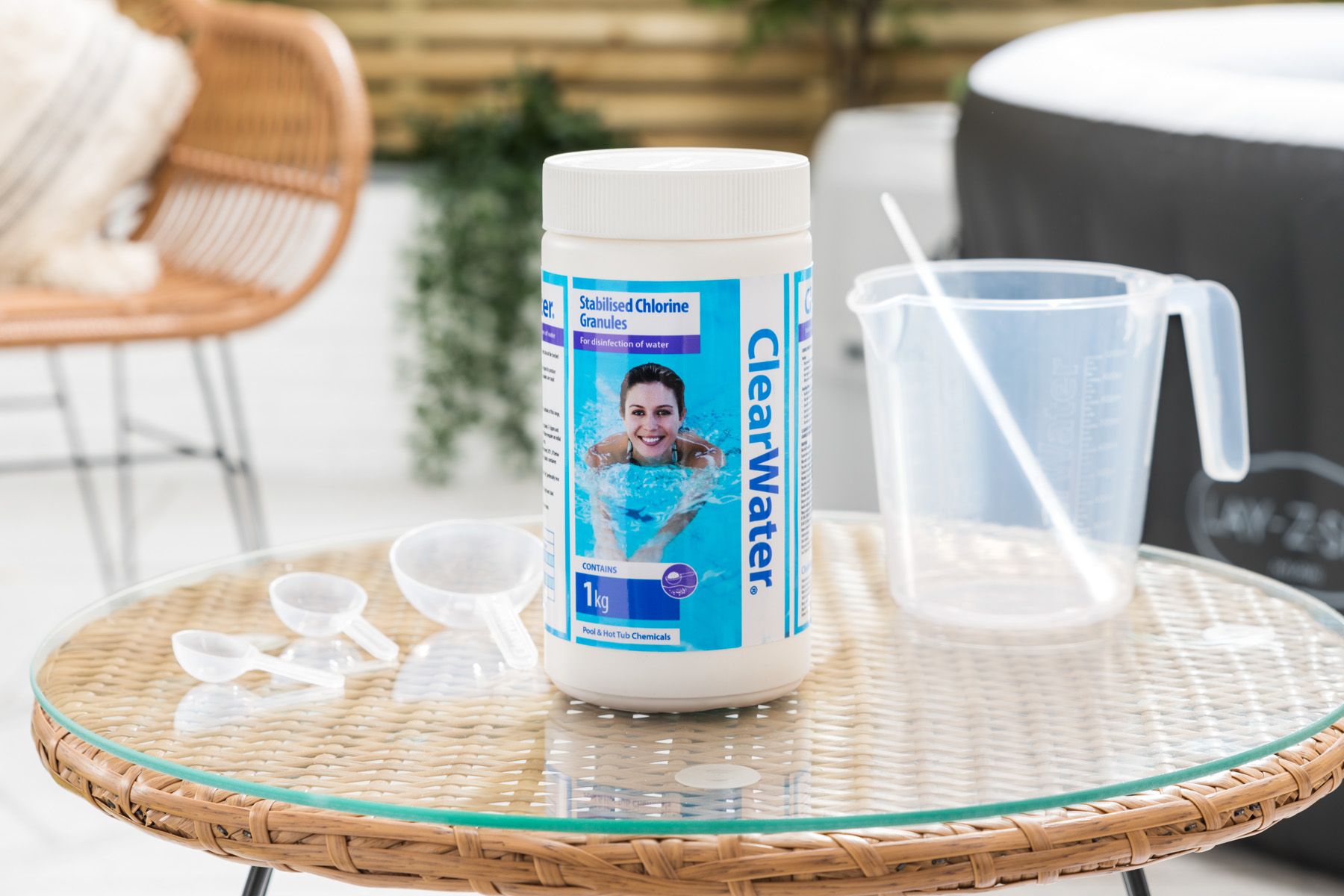
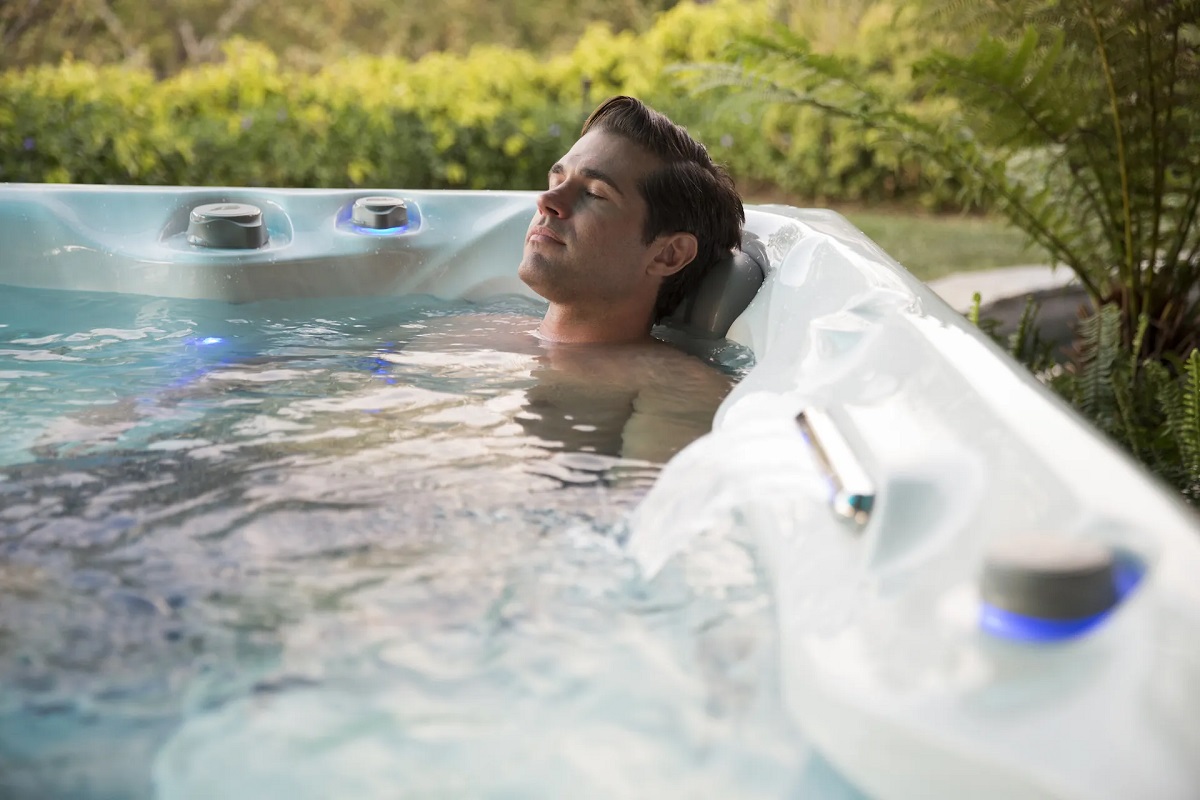
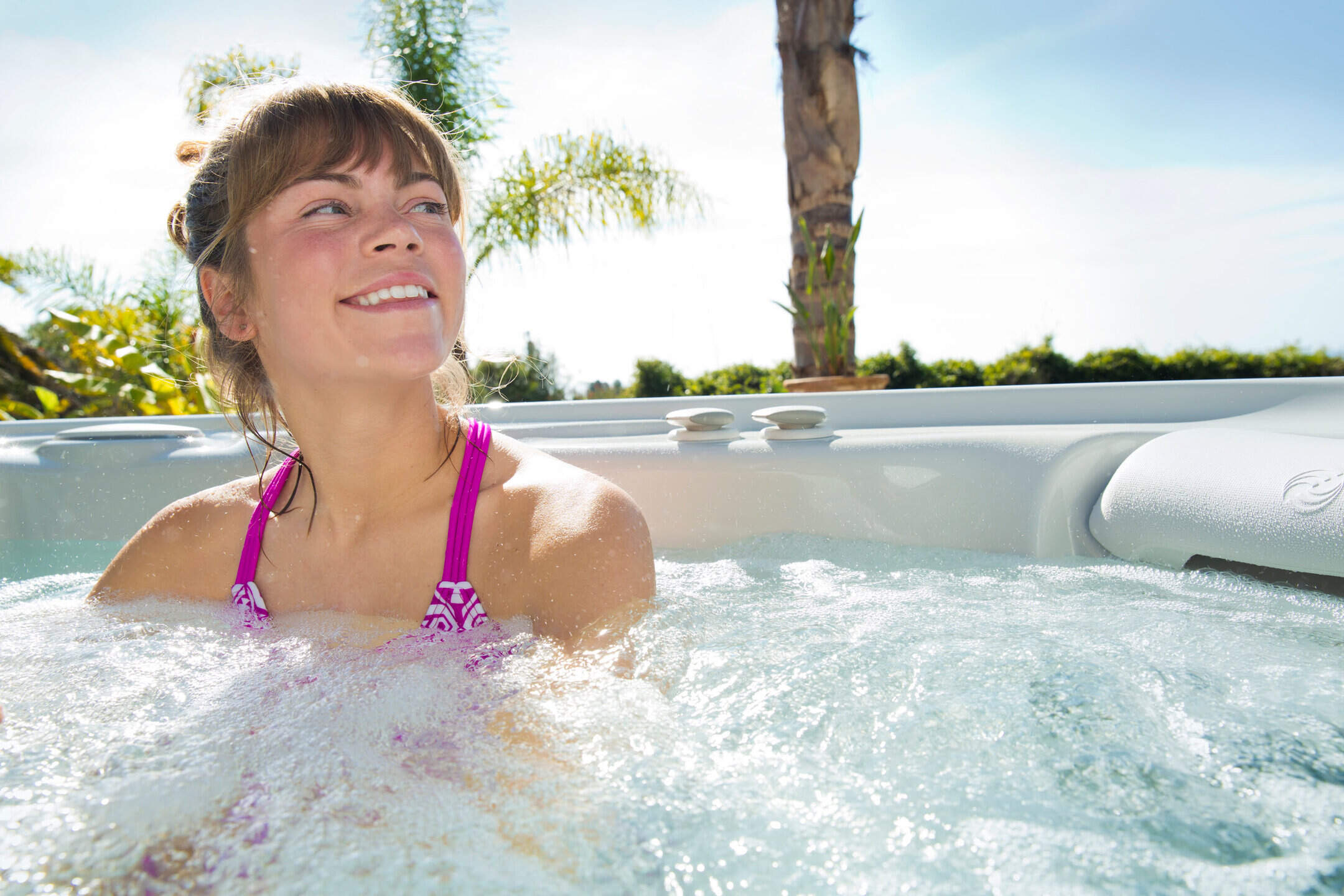
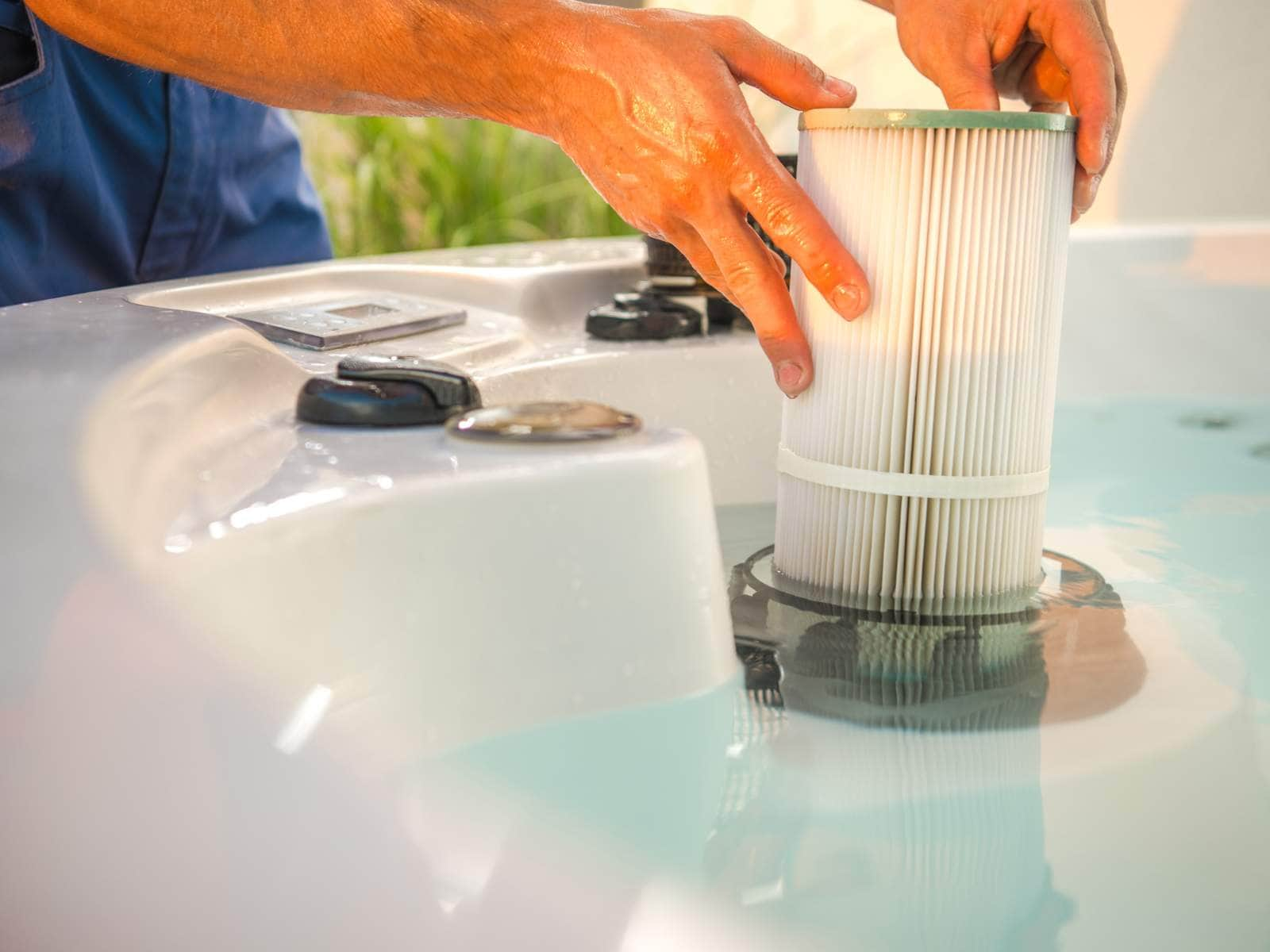
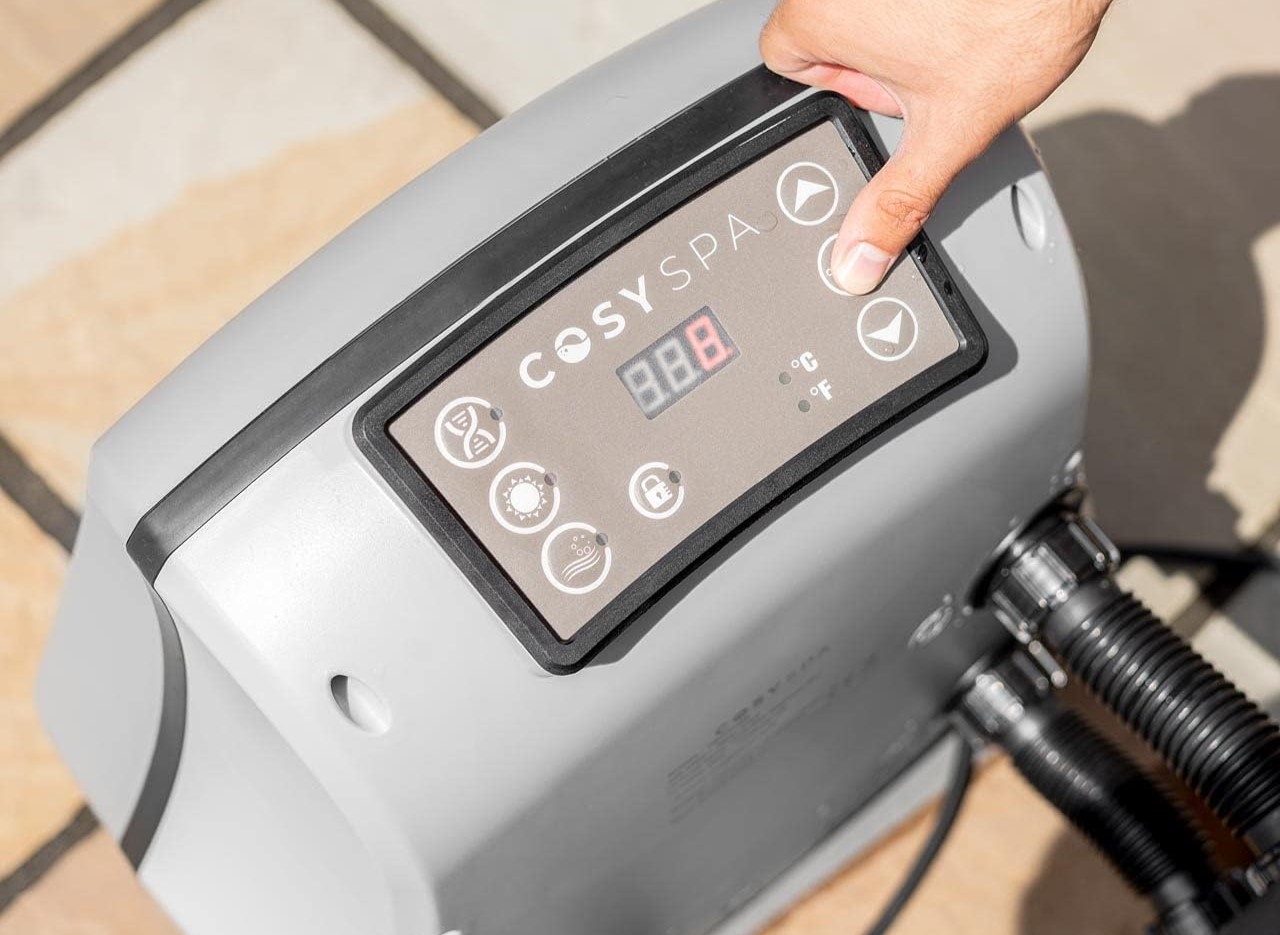
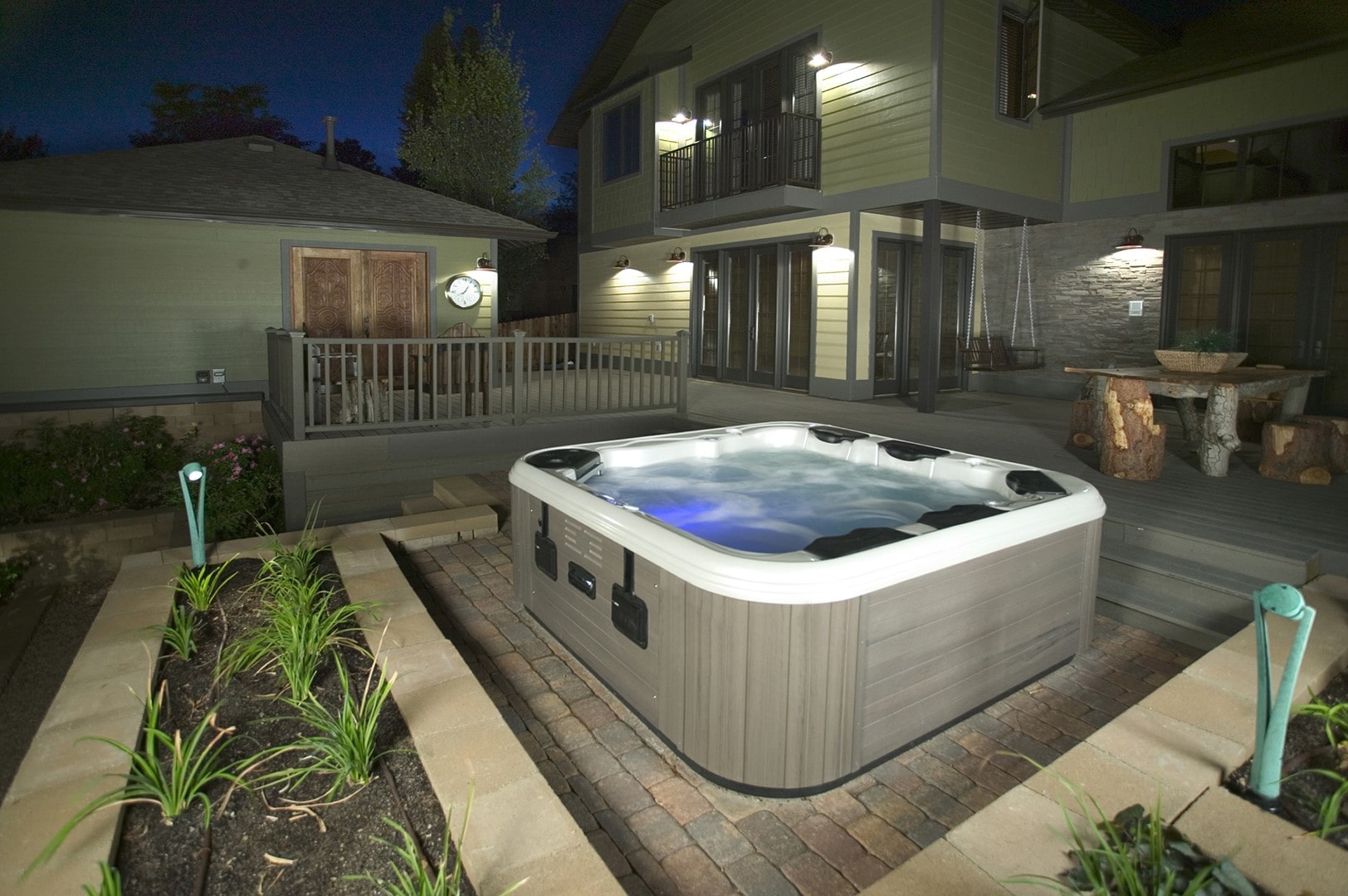

0 thoughts on “What Chemicals Should I Use In My Hot Tub”